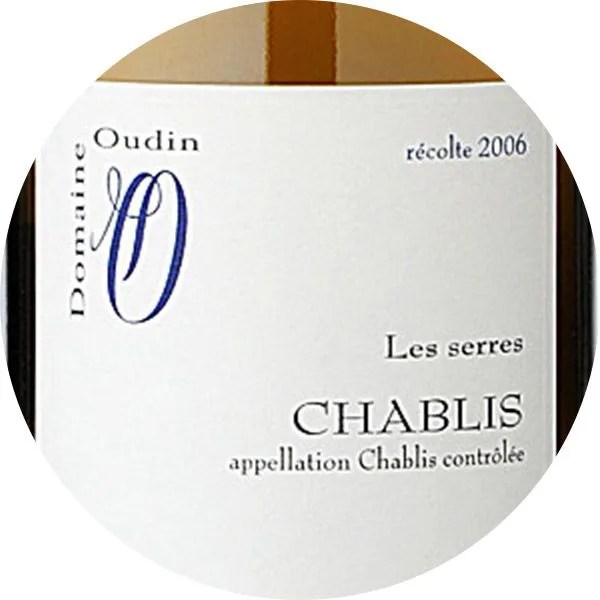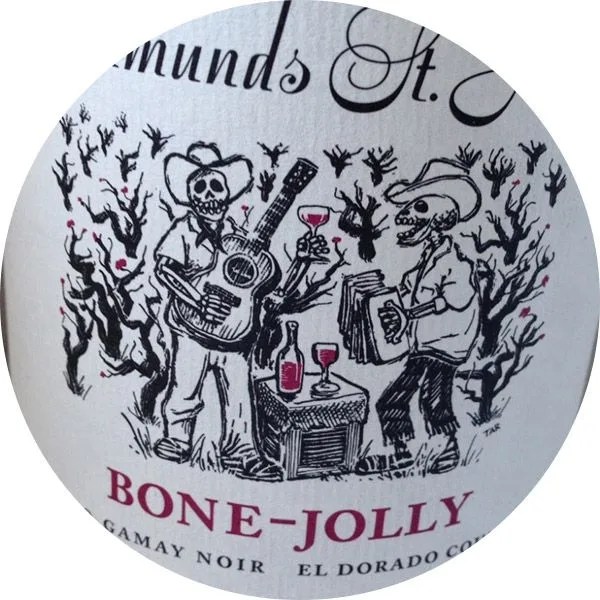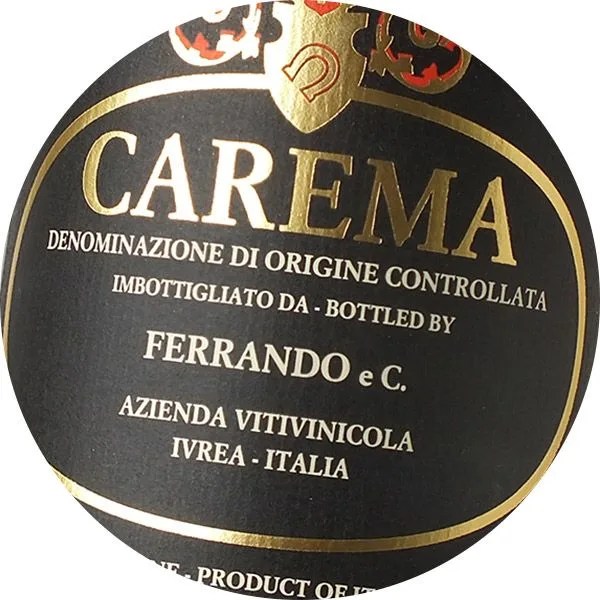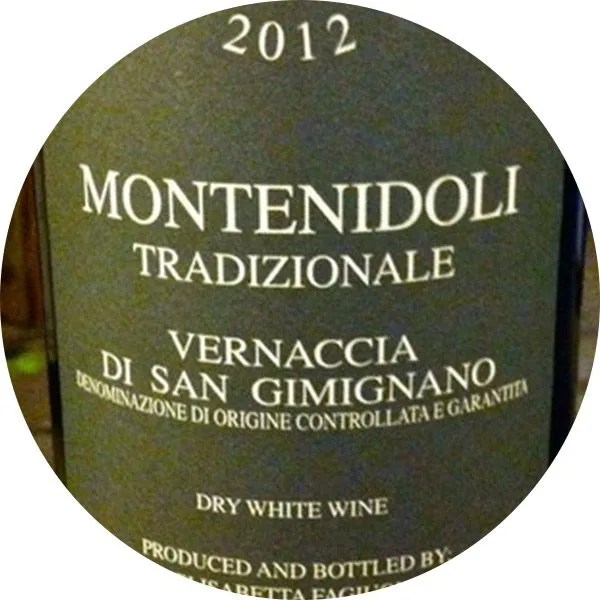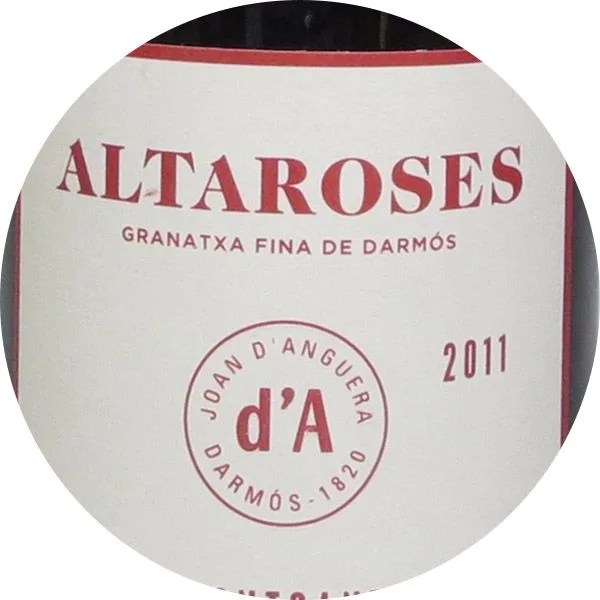Like we said previously, there are many things that end up contributing to a wine’s ultimate expression — whether it’s light or full bodied, fruity, earthy, powerful or soft, and most of them live in the little, juicy miracle that is the grape. Ultimately, whatever makes up that grape will make up your wine. So what makes a grape thick skinned or thin skinned? What gives it higher sugar content? What makes the grape make the wine like it is? It all really boils down to one rarely discussed, not-so-sexy thing: climate.
Grapes, mysterious and deified though they are, are a fruit. Grown en masse, they’re a crop, just like, say, apples. Like apples, grapes grow really well in certain places under certain conditions and not so well in other places. What makes certain grapes grow well in some places and not others is the same thing that makes apples thrive in Vermont and not Puerto Rico, and something we rarely consider as it applies to our food: biological evolution.
There’s a reason why apples don’t grow in Puerto Rico: they’re not built to grow there. Mother Nature looked at apples and said, “You’re going to live in Vermont.” Apples said “Okey doke!” and got down adapting their root systems, leaf structure, color and more to make that possible. If you took an apple tree out of Vermont and tried to grow it in Puerto Rico, you’d have to do a lot of work to get it to thrive. You could fertilize the soil, irrigate the orchard, spray for bugs and molds that the trees wouldn’t be naturally suited to resist, shade the trees from the strength of the equatorial sun, and so on. Even then, the apples you did manage to force to grow probably wouldn’t be super tasty, because they wouldn’t have developed in the environment they’re biologically built to grow in, which is why we’re all much more amped to blow our money on sweet Vermont-grown Honey Crisps over generic, mealy Chinese Red Delicious any day. (It’s also part of the reason why California‘s almond farmers are in deep, deep shit.)
Good grapes make good wine, and good grapes come from their biologically matched climates.
Where a grape grows — the climate associated with the grape’s geographical homestead — is ultimately what will determine what kind of wine that grape will turn into. Things like a wine region’s average annual temperature, rainfall and humidity have more to do with the difference between Gevrey Chambertin and Willamette Valley Pinot. Some grapes grow in cool climates like Germany and Eastern France. Some grow in warm climates like Southern Italy and Australia. Those different climates influence the resulting wine such that it’s possible for you to prefer, say, Australian Shiraz over Volnay.
Even though all grapes look more or less the same — round and bunched — they’re actually little spheres of biological wonder. Long (probably a few thousand years) ago in a vineyard far away (most likely somewhere in modern-day Iran), the Mother of All Grapes existed. At some point, a genetic mutation probably occurred, spawning another grape with slightly different genetic material. The rest, as a result of genetic commingling, nomadic migratory patterns, war, empiric expansion and collapse, immigration, human tinkering for fun and profit and a whole bunch of other stuff we’ll never know about, has gotten us to where we are today — i.e., with somewhere between 5,000 and 10,000 different cultivars of the vitis vinifera species growing all over the world. We know this because grape geneticists are at work unlocking vitis vinifera’s family tree one vine at a time. For example: Cabernet Sauvignon? It’s the lovechild of Cabernet Franc and Sauvignon Blanc. Boom. Science.
All of this means that each of these thousands of little grapes has developed something specific that allows them to thrive in the respective climates in which they’ve landed or been schlepped. And, as it turns out, in most cases these traits have a lot to do with how the grape will turn into wine, because all of those genetic mutations are evolutionarily designed to help the grape do one thing: get ripe (read: sweet) enough for an animal to want to eat it, digest it, wander around and spread its seed somewhere via poo. If ripeness is the ultimate goal, then the climate in which the grape is grown — the strength of the sun, relative to latitude, elevation and atmospheric conditions — is going to determine the grape’s structure as it’s designed by nature to achieve ultimate ripeness for its climate. That structure, of the grape skins and flesh, is going to make your wine express in the way you love (or hate).
Maybe the most important takeaway here has more to do with why it’s important to drink grapes that come from where they’re supposed to come from. Remember the Puerto Rican apples? The pesticides, the fertilizers, the mealy texture? Try growing Pinot Noir in Napa Valley. Or Chardonnay in Spain. Good grapes make good wine, and good grapes come from their biologically matched climates. The next time you’re given a choice between a Sauvignon Blanc from Somewhere on Earth and an Assyrtiko from Greece, try unshackling yourself from the comfort of the familiar. Don’t fear the native grape.

